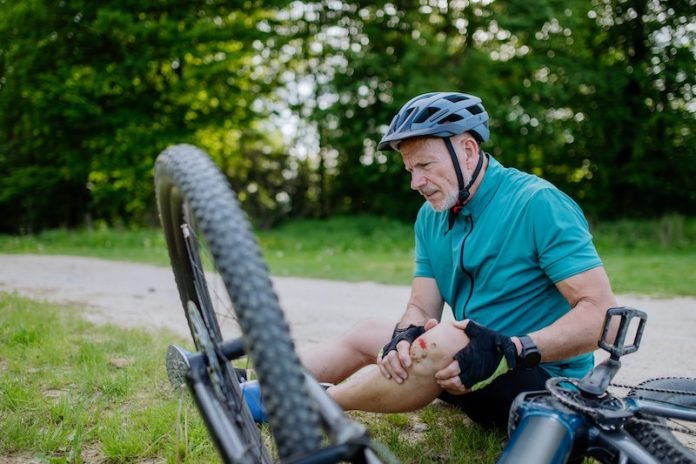
Scientists at UConn Health have described a new method for promoting the regrowth of long bones in a more affordable and less side-effect-prone manner.
The researchers developed a scaffold made of a biodegradable polymer and impregnated it with forskolin, a small molecule that stimulates bone growth.
The scaffold releases the forskolin within a 24-hour period, aiming to minimize unwanted side effects associated with the long-term use of recombinant human bone morphogenetic proteins (rhBMPs), which are commonly used to promote bone growth.
Challenges in Bone Regrowth
Severely damaged bones, particularly long bones in the arms and legs, present challenges for regrowth. While clean breaks often heal without complications, bones with smashed or missing sections are more difficult to regenerate.
Traditional approaches include grafting bone from elsewhere, but this method is not always successful and can be costly.
Orthopedic surgeons have also used rhBMPs to encourage bone growth, but they have limitations in terms of cost, immune response, and the potential for bone growth in unintended locations.
The Scaffold Approach
The researchers at UConn School of Medicine developed a scaffold using a biodegradable polymer to guide the growth of new bone.
They impregnated the scaffold with forskolin, which stimulates bone growth similar to rhBMPs.
To minimize potential side effects and ensure targeted delivery, the scaffold was engineered to release the forskolin almost entirely within a 24-hour period.
Experimental Findings
The forskolin-impregnated scaffold and rhBMP-impregnated scaffold were tested against a control scaffold with no bone growth factor added.
The scaffolds were applied to rabbits with serious broken bones in their forelimbs.
The high-dose forskolin-impregnated scaffold and the rhBMP-impregnated scaffold showed similar efficacy in promoting new bone growth, outperforming the control and low-dose forskolin scaffolds.
The 24-hour drug release duration helped prevent unwanted side effects often associated with rhBMP treatment.
Advantages of Forskolin
While both the forskolin scaffold and rhBMP scaffold performed equally well in promoting bone growth and repair, forskolin offers certain advantages.
As a small molecule, forskolin is more stable, easier to manufacture, lower in cost, and less likely to trigger an immune system reaction.
Future Directions
Further research will delve into the bone growth effects of forskolin, including its interactions with the body’s stem cells and its movement within the body.
These studies aim to provide a deeper understanding of forskolin’s potential in bone regeneration and repair.
Dr. Cato T. Laurencin, the lead researcher, expressed enthusiasm for the progress in the field of regenerative engineering and its potential to address complex challenges in tissue regeneration.
If you care about bone health, please read studies about vitamin K deficiency linked to hip fractures in old people, and these vitamins could help reduce bone fracture risk.
For more information about health, please see recent studies about natural coconut sugar that could help reduce blood pressure and artery stiffness, and anti-inflammatory diet could help prevent fatty liver disease.
The study was published in PNAS.
Copyright © 2023 Knowridge Science Report. All rights reserved.



